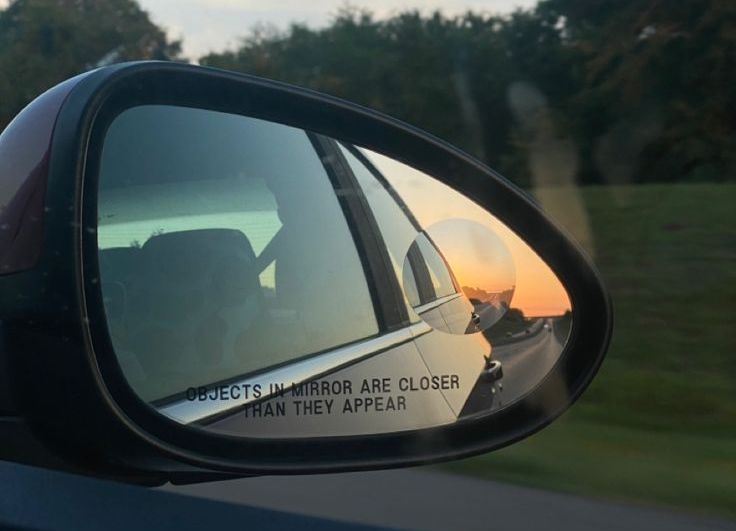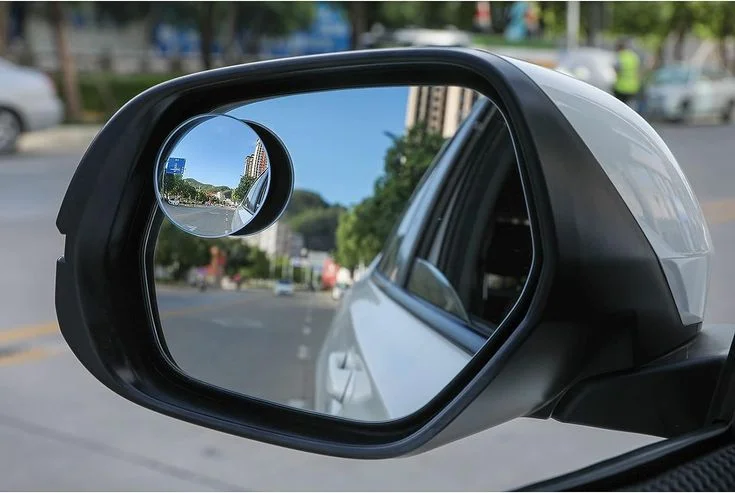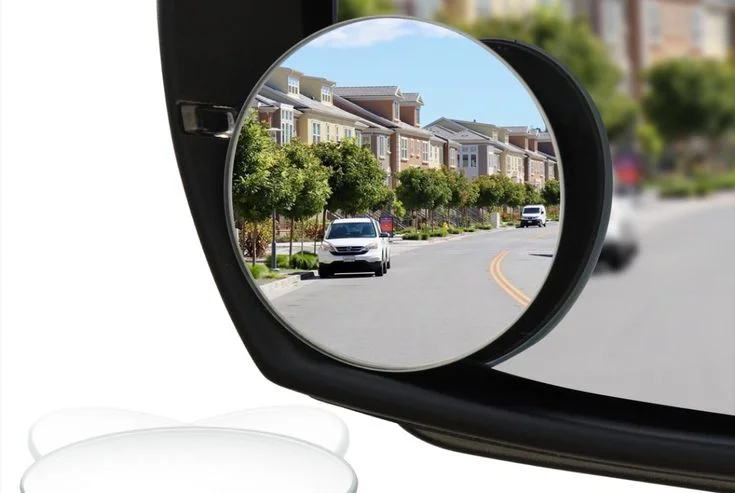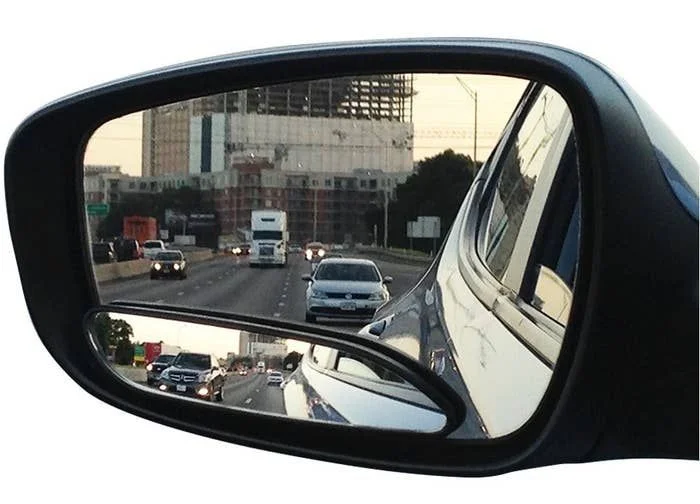Your car has been silently protecting you for years, and you probably never noticed. While 840,000 blind-spot accidents happen annually across America, most drivers remain completely oblivious to a simple safety feature that's been staring them in the face every single day.
"I'm a Pro in using my mirrors perfectly!" That's what 90% of drivers say when asked about their vehicle's safety features. Yet here's the startling truth: if your passenger side mirror bears those familiar words "Objects in mirror are closer than they appear," you're looking at automotive engineering genius that most people take for granted. This isn't marketing fluff. It's a life saving technology that reduces lane change crashes with injuries by 23%.
The Convex Mirror Revolution You Never Knew About
Every time you glance at your passenger-side mirror, you're using a carefully engineered convex surface designed specifically to eliminate blind spots. Unlike your flat driver-side mirror, the passenger mirror curves outward to provide up to 160 degrees of visibility compared to a standard mirror's 90 degrees.
Here's what makes this brilliant: that convex shape compresses a much wider field of view into the same mirror size. The trade-off? Objects appear smaller and farther away than they actually are. Hence the warning etched into every passenger mirror.
This isn't accidental design. The National Highway Traffic Safety Administration mandated this feature because blind spots contribute to more than 800,000 accidents and 300 deaths each year. Your passenger mirror's convex surface dramatically expands your rear visibility without requiring a massive mirror that would obstruct your view.
Modern Blind Spot Technology
Today's vehicles pack increasingly sophisticated blind-spot detection systems. Many 2024 and 2025 models feature active monitoring that goes far beyond simple mirror design.
Mercedes-Benz's Active Blind Spot Assist represents the cutting edge. When sensors detect a vehicle in your blind spot, amber indicators illuminate directly in your side mirrors. Attempt a lane change with a vehicle present, and the system provides immediate audible warnings.
Hyundai's Blind-Spot View Monitor takes this further by displaying live camera feeds of your blind spots directly on your instrument cluster. No more guessing what's lurking beside your vehicle.
"My car always warns me if something's there." While modern technology helps, understanding your mirror system remains crucial. Even the most advanced blind-spot monitoring has limitations and coverage gaps.
The Hidden Aftermarket Solution
Here's where things get interesting for older vehicles or drivers wanting maximum visibility: aftermarket convex blind-spot mirrors. These small, typically 2-inch circular mirrors attach to your existing side mirrors' outer corners.
Studies show these simple additions can eliminate virtually all rearward blind spots when properly positioned. The key lies in correct placement: position them on the top outer edge of your side mirrors, not the bottom where they can obstruct crucial road view.
Installation is straightforward. Clean your mirror surface thoroughly, position the convex mirror so it shows areas your main mirror cannot, and apply firm pressure for proper adhesion. Quality aftermarket mirrors use weather-resistant adhesives that withstand car washes and temperature extremes.
The Foundation of Safety
"I can see fine!" But can you really? The Society of Automotive Engineers recommends mirror positioning that eliminates overlap between your rearview and side mirrors. If you can see your vehicle's side in your side mirrors while sitting normally, they're adjusted incorrectly.
Here's the professional technique: Lean your head against the driver's side window and adjust the left mirror until you barely see your vehicle's edge. Lean right and adjust the passenger mirror similarly. Return to normal driving position. Your side mirrors should now pick up exactly where your rearview mirror's coverage ends.
This adjustment method, combined with your passenger mirror's convex design, creates seamless 360 degree rear visibility. Research indicates this setup can reduce blind-spot related accidents by 14% overall.
The Reality Check Every Driver Needs
Despite all these safety advances, blind spots still cause 20% of all vehicle accidents. Why? Because drivers develop overconfidence in their technology or fail to understand their mirror systems properly.
Your mirrors work brilliantly when used correctly. But they're tools requiring proper technique. Always perform the shoulder check before lane changes, regardless of what your mirrors or electronic systems indicate. Technology enhances safety but never replaces basic defensive driving practices.
"My vehicle will get me home safely." This dangerous mindset leads to complacency. Every safety feature in your car serves as one layer in a comprehensive protection system. Understanding and utilizing each component properly transforms your daily commute from potential hazard to calculated safety.
Remember: that "Objects in mirror are closer than they appear" warning isn't legal disclaimer text. It's your reminder that automotive engineers designed that mirror specifically to save your life. Use it wisely.




Comments (0)
Please login to join the discussion
Be the first to comment on this article!
Share your thoughts and start the discussion